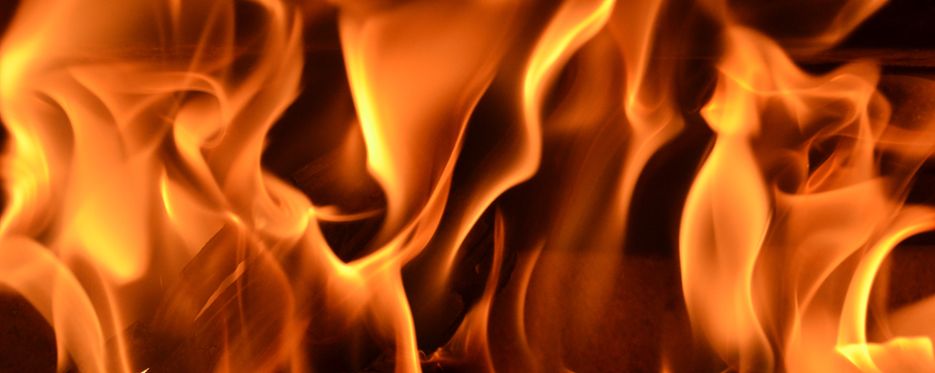Every year, there are between 3,000 and 4,000 fires in forests and on open land in Sweden. The main cause of these fires is various forms of human activity: burning grass, barbecuing, children playing with fire or arson - as well as industrial logging activities.
Forest fires are most common during the period from May to June. The risk of ignition and the speed of spread depend on environmental and weather-related conditions. The trees are moister in deciduous forests than in pine forests, and it is therefore mainly ground vegetation that burns here. Grass fires mainly occur early in the spring. When the snow melts away, the land dries out quickly and dry grass from the previous year can easily ignite.
The temperature and humidity conditions have the greatest impact on the risk of fire. On cloudy days, the sun does not warm flammable materials as much as on sunny days. Rain reduces the risk of fire, and low rainfall over a long period of time has a greater effect than heavy rain during a short period of time. Wind brings oxygen and increases the rate of spread.
Fire risk in a changed climate
Several of the factors that affect the risk of fire can be expected to change with climate change. Both the size and number of forest fires can be expected to increase. In the future, periods with a high risk of fire will continue to be most common in those areas that are currently most susceptible, particularly in the Baltic Sea countryside. The length of the fire risk season is increasing throughout Sweden, but especially in the south. The biggest change is an earlier start to the season.
The frequency of high-risk periods is also increasing throughout the country, as is the length of these periods. The most extreme fire risk conditions are expected to be found on Öland and Gotland.
